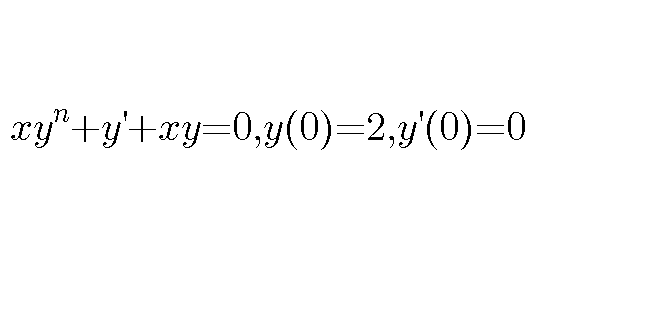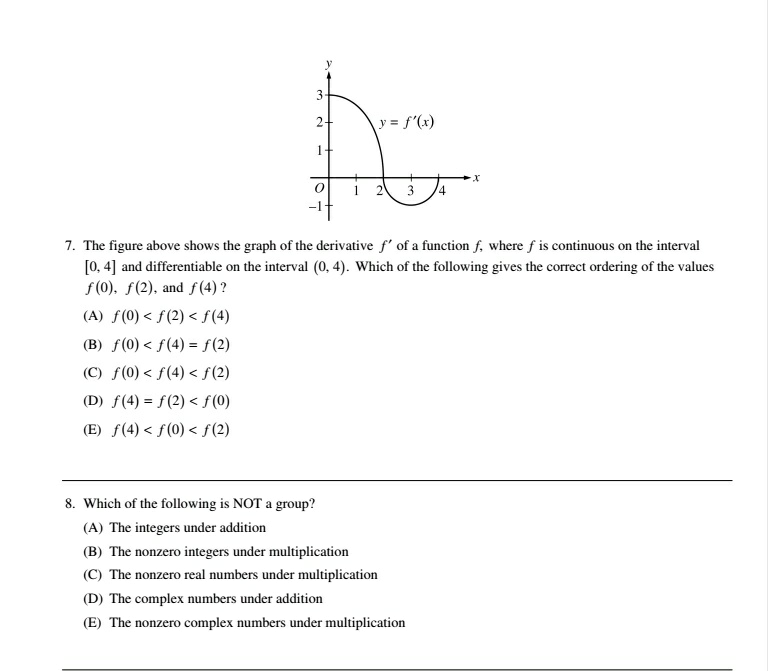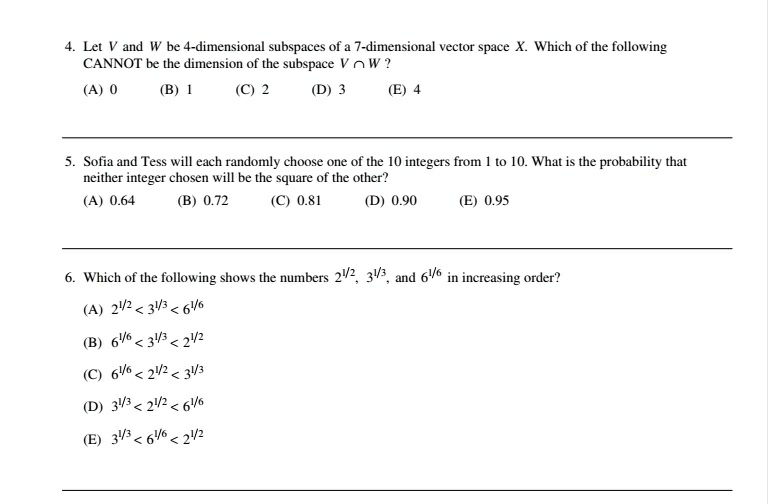
AllQuestion and Answers: Page 1955
Question Number 12841 Answers: 2 Comments: 0
Question Number 12881 Answers: 1 Comments: 0
Question Number 12830 Answers: 1 Comments: 0
Question Number 12829 Answers: 2 Comments: 0

Question Number 12828 Answers: 1 Comments: 0
Question Number 12827 Answers: 2 Comments: 0
Question Number 12826 Answers: 0 Comments: 0
Question Number 12822 Answers: 1 Comments: 0
Question Number 12814 Answers: 1 Comments: 2

Question Number 12812 Answers: 1 Comments: 0

Question Number 12804 Answers: 1 Comments: 3

Question Number 12801 Answers: 1 Comments: 0

Question Number 12797 Answers: 1 Comments: 2
Question Number 12796 Answers: 1 Comments: 0
Question Number 12794 Answers: 0 Comments: 0
Question Number 12773 Answers: 1 Comments: 0

Question Number 12768 Answers: 1 Comments: 0
$$\int\:\frac{\mathrm{sec}\:{x}}{\mathrm{tan}^{\mathrm{2}} \:{x}}\:{dx} \\ $$
Question Number 12766 Answers: 1 Comments: 0
Question Number 12763 Answers: 0 Comments: 0
Question Number 12760 Answers: 2 Comments: 0

Question Number 12753 Answers: 1 Comments: 0
$${evaluate}\:\int\sqrt{\left(\mathrm{sin}\:{x}\right)}{dx} \\ $$
Question Number 12752 Answers: 0 Comments: 0
Question Number 12744 Answers: 1 Comments: 0
Question Number 12743 Answers: 2 Comments: 0
Question Number 12742 Answers: 1 Comments: 0
Question Number 12740 Answers: 1 Comments: 0
Pg 1950 Pg 1951 Pg 1952 Pg 1953 Pg 1954 Pg 1955 Pg 1956 Pg 1957 Pg 1958 Pg 1959
